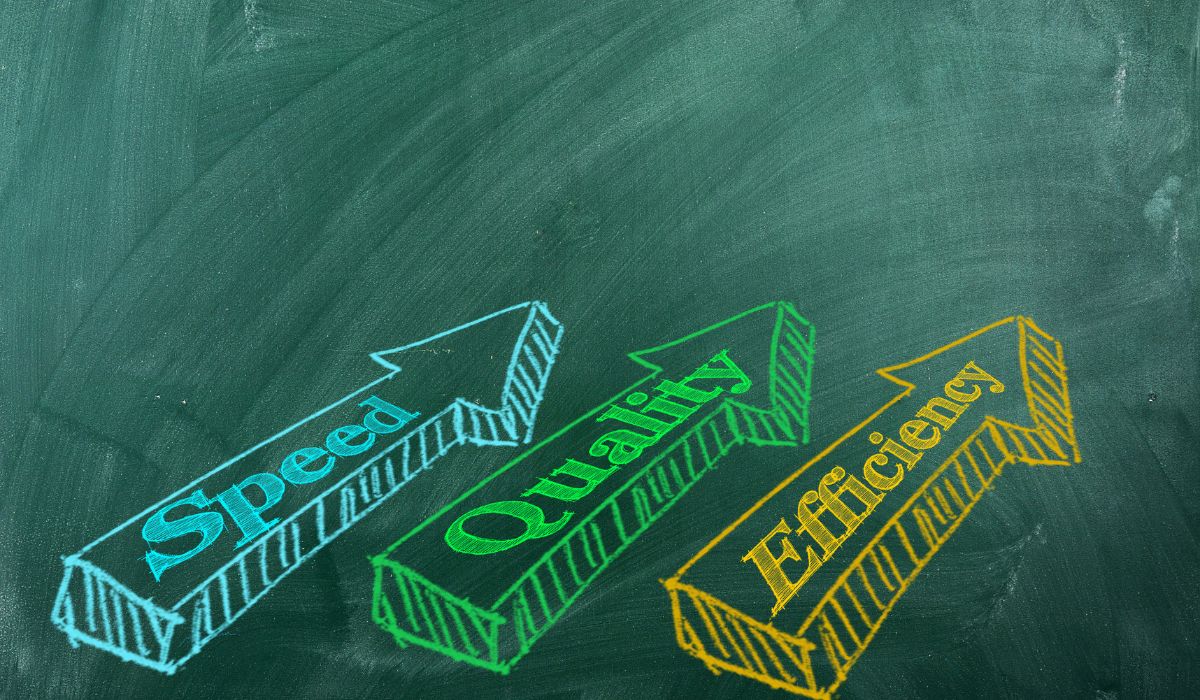Shopify Site Speed Optimization Unlocking the Speed Potential of Your Online Store

Introduction
In today's digital landscape, a fast-loading website is crucial for success. Slow page load times can lead to high bounce rates, lower search engine rankings, and dissatisfied visitors. As an online store owner using Shopify, optimizing your site speed should be a top priority. In this comprehensive guide, we will explore the world of Shopify site speed optimization and provide you with valuable insights and practical techniques to enhance the performance of your online store.
Shopify Site Speed Optimization

Shopify Site Speed Optimization is the process of improving the loading speed and overall performance of a Shopify-powered online store. It involves various techniques and strategies aimed at reducing page load times, enhancing user experience, and increasing conversion rates. By implementing effective site speed optimization practices, you can create a faster and more efficient online shopping experience for your customers, leading to higher engagement and improved sales.
Why Site Speed Matters for Your Shopify Store
A slow-loading website can have detrimental effects on your online business. Here are some key reasons why site speed matters for your Shopify store:
- Improved User Experience: A fast website provides a seamless browsing experience, reducing frustration and encouraging users to explore your store further.
- Higher Search Engine Rankings: Search engines like Google consider site speed as a ranking factor. Faster-loading sites are more likely to achieve higher search engine rankings, leading to increased organic traffic.
- Reduced Bounce Rates: Slow-loading pages often result in visitors abandoning your site before it even fully loads. By optimizing your site speed, you can decrease bounce rates and retain more visitors.
- Increased Conversion Rates: Studies have shown that faster-loading websites have higher conversion rates. By optimizing your site speed, you can improve the likelihood of turning visitors into paying customers.
Outlining the Journey to Shopify Site Speed Optimization
To help you navigate the realm of Shopify site speed optimization effectively, we've prepared a comprehensive outline that covers various aspects of the process. Each section provides valuable insights and actionable tips to assist you in unlocking the speed potential of your online store. Let's dive into the outline:
|
Heading |
Description |
|
Understanding the Importance of Site Speed |
Explore the significance of site speed for your Shopify store |
|
Evaluating Your Current Site Speed |
Learn how to assess your store's current speed performance |
|
Essential Tools for Site Speed Analysis |
Discover powerful tools to analyze and diagnose site speed issues |
|
Image Optimization Techniques |
Learn how to optimize images for faster loading times |
|
Minifying CSS and JavaScript |
Explore techniques to reduce file sizes and improve loading speed |
|
Leveraging Caching Mechanisms |
Discover the benefits of caching and how to implement it effectively |
|
Optimizing Shopify Theme and Apps |
Explore methods to optimize your theme and uninstall unnecessary apps |
|
Reducing HTTP Requests |
Learn techniques to minimize the number of HTTP requests your store makes |
|
Implementing Lazy Loading |
Discover the concept of lazy loading and how it enhances site speed |
|
Utilizing Content Delivery Networks (CDNs) |
Explore the benefits of CDNs and how to leverage them for faster content delivery |
|
Streamlining Checkout Process |
Learn how to optimize your store's checkout process for improved speed |
|
Mobile Optimization Techniques |
Discover strategies to optimize your store's speed for mobile devices |
|
Monitoring and Testing Performance |
Learn how to continuously monitor and test your store's speed performance |
|
Handling Third-Party Scripts and Integrations |
Explore best practices for managing third-party scripts and integrations |
|
Leveraging Browser Caching |
Discover techniques to utilize browser caching effectively |
|
Implementing Accelerated Mobile Pages (AMP) |
Learn about AMP and how to implement it in your Shopify store |
|
Balancing Speed and Design |
Explore ways to strike a balance between speed and a visually appealing design |
|
The Impact of Hosting Provider |
Understand the role of hosting providers in your store's speed performance |
|
Reducing Page Redirects |
Learn techniques to minimize page redirects and improve loading times |
|
Avoiding Render-Blocking Resources |
Explore methods to prevent render-blocking resources from slowing down your site |
|
Addressing JavaScript and CSS Render Blocking |
Discover techniques to handle render-blocking JavaScript and CSS |
|
Optimizing Fonts and Typography |
Learn how to optimize fonts and typography for improved loading speed |
|
Compressing Files and Gzip Compression |
Explore file compression techniques to reduce load times |
|
Measuring and Analyzing the Results |
Discover tools and metrics to measure and analyze the impact of your site speed optimization efforts |
|
Frequently Asked Questions (FAQs) |
Find answers to common questions about Shopify site speed optimization |
|
Conclusion |
Summarize the key takeaways and emphasize the importance of ongoing site speed optimization
|
Frequently Asked Questions (FAQs)
- How does site speed affect my Shopify store's search engine rankings?
Site speed is one of the ranking factors considered by search engines like Google. Faster-loading websites are more likely to achieve higher search engine rankings, resulting in increased organic traffic.
- What tools can I use to analyze my Shopify store's site speed?
There are several powerful tools available for site speed analysis, such as Google PageSpeed Insights, GTmetrix, and Pingdom. These tools provide insights into your site's performance and offer recommendations for improvement.
- How can I optimize images on my Shopify store for faster loading times?
Image optimization techniques include resizing and compressing images, using the appropriate file formats (such as JPEG or WebP), and lazy loading images to ensure they load only when they are visible to the user.
- What role does caching play in site speed optimization?
Caching involves storing frequently accessed data or website components in temporary storage, allowing faster retrieval for subsequent visits. Implementing caching mechanisms can significantly improve site speed.
- Is mobile optimization important for site speed?
Absolutely! With the increasing use of mobile devices for online shopping, optimizing your Shopify store for mobile speed is crucial. Techniques such as responsive design, mobile-specific caching, and image optimization help enhance mobile site speed.
- How can I measure the impact of my site speed optimization efforts?
Tools like Google Analytics provide metrics such as page load time, bounce rates, and conversion rates, allowing you to measure the impact of your optimization efforts. Regularly monitoring these metrics helps you understand the effectiveness of your strategies.
Conclusion
Optimizing the speed of your Shopify store is a critical step towards providing an exceptional user experience and driving online business success. By following the techniques and strategies outlined in this comprehensive guide, you can unlock the full potential of your online store and stay ahead of the competition. Remember, site speed optimization is an ongoing process, so continuously monitor and test your site's performance to ensure it remains fast and efficient.
-
Posted in
Shopify Site Speed Optimization










